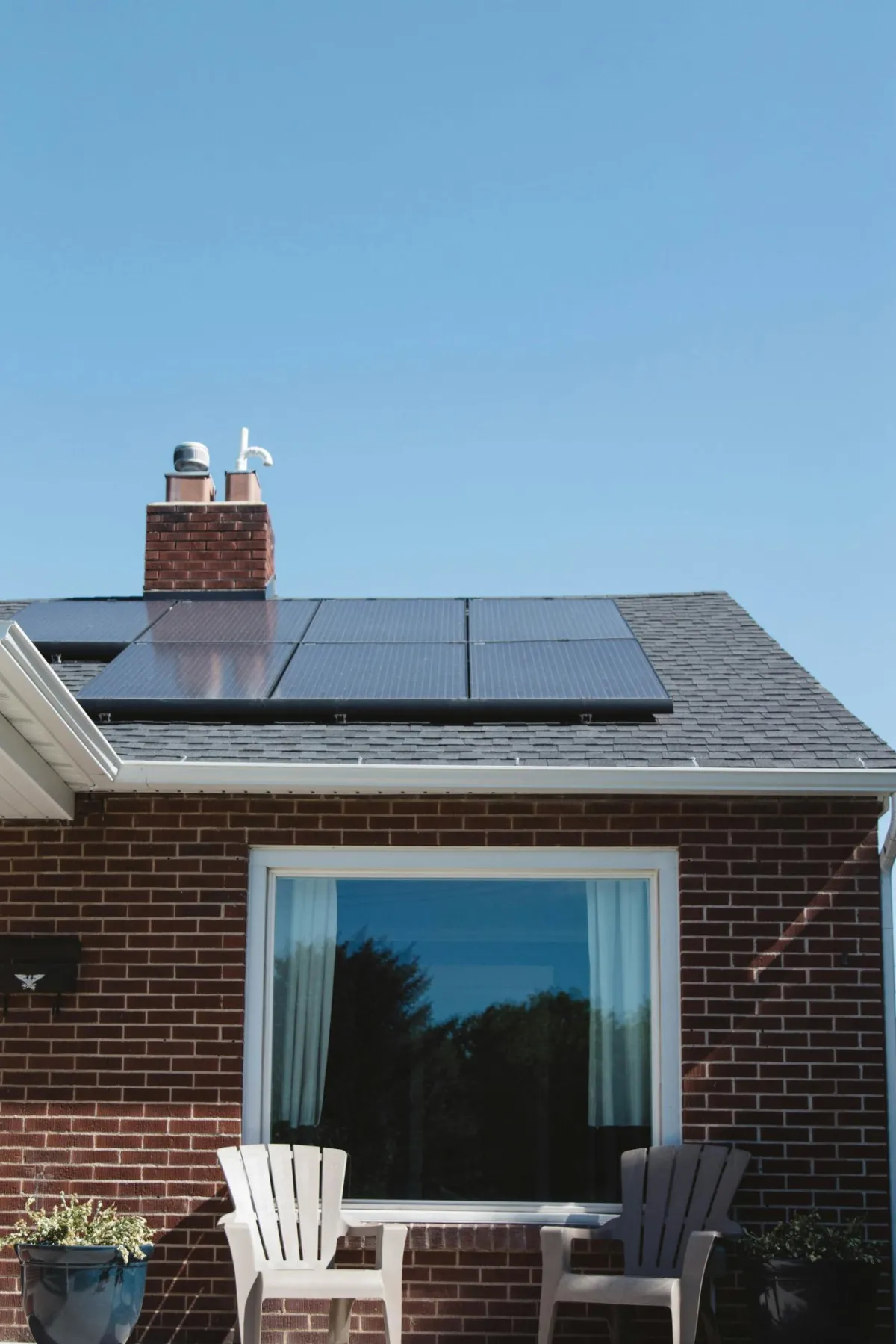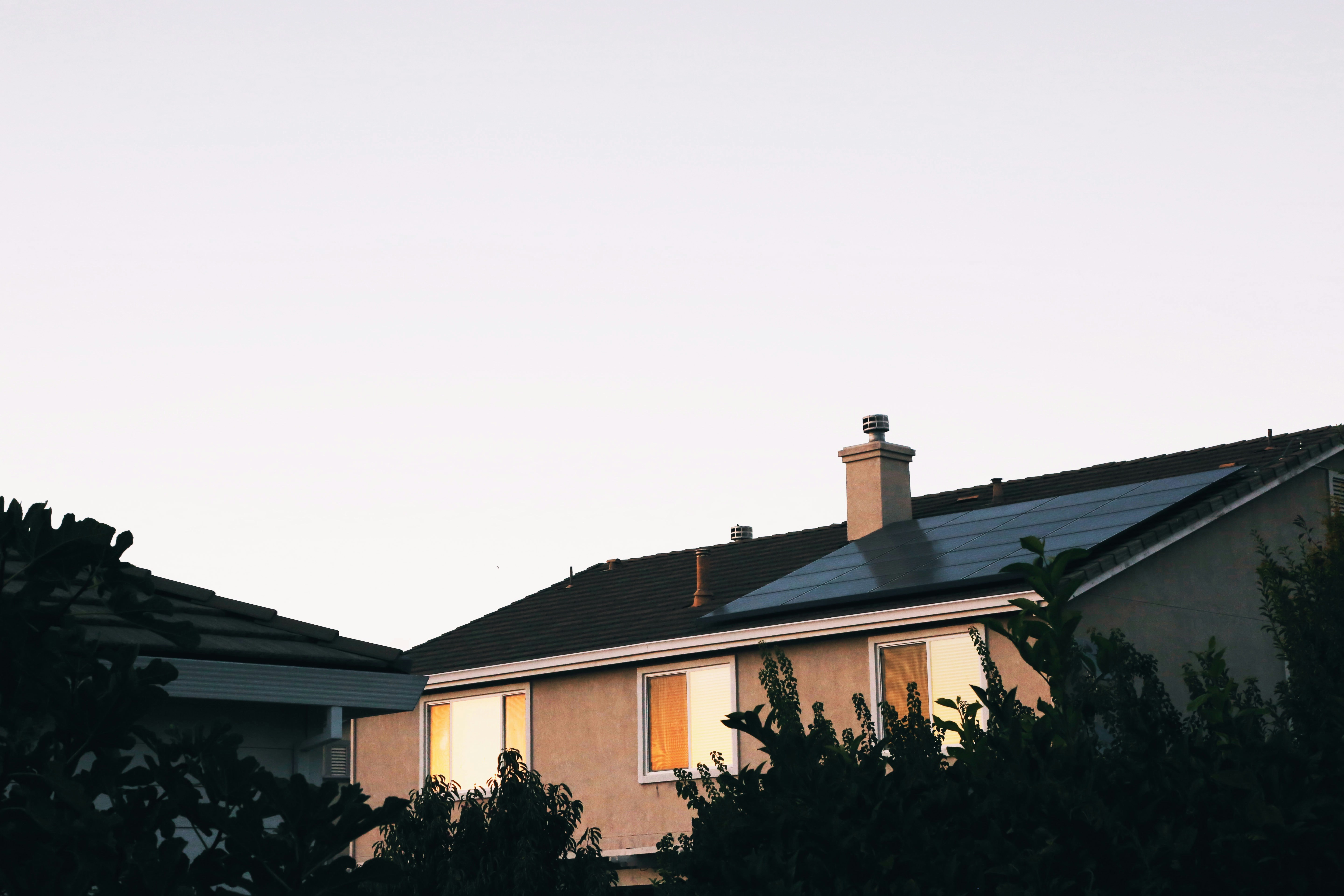
Eco-Friendly Custom Home Design Options: A Smart Choice
Building a custom home offers the opportunity to prioritize sustainability from the ground up. Eco-friendly home design emphasizes energy efficiency, sustainable materials, and reduced environmental impact, creating a functional and environmentally responsible home. This article explores key features, cost considerations, and design strategies that enhance efficiency and long-term savings. By understanding these elements, homeowners can make informed choices that align with their values while minimizing their carbon footprint. This guide will also address practical solutions for balancing initial construction costs with long-term environmental and financial benefits.
Key Takeaways
eco-friendly homes prioritize sustainable materials and energy-efficient features for reduced utility costs.
financial incentives and tax breaks can offset the initial costs of eco-friendly homes.
designs utilizing renewable resources promote healthier living and lower carbon footprints.
engaging experts in sustainable practices is essential for successful eco-friendly home construction.
advanced plumbing systems in eco-friendly homes help conserve water and resources effectively.
Key Features of Eco-Friendly Custom Home Designs

Eco-friendly custom homes are designed to minimize environmental impact while maximizing energy efficiency and comfort. These homes prioritize sustainable materials that reduce resource depletion and support long-term durability. Energy-efficient systems like high-performance insulation, solar-powered heating, and smart climate control help lower energy consumption.
Passive solar design and strategic home orientation further enhance energy performance by optimizing natural light and temperature regulation. Additionally, the use of non-toxic finishes and eco-friendly building materials improves indoor air quality, creating a healthier and more sustainable living environment.
Utilizing Sustainable Materials in Construction
Utilizing sustainable materials in construction is a hallmark of eco-friendly custom home designs. Due to their lower environmental impact, materials such as concrete made with recycled content and drywall that uses less energy during production are preferred. These choices contribute to reducing energy consumption and support a healthier home environment, often incorporating elements like smart energy management systems that optimize energy use and integrate renewable energy sources.
Incorporating Energy-Efficient Systems
Incorporating energy-efficient systems is a crucial aspect of eco-friendly custom home designs. Homes that feature Energy efficient appliances and Solar panel systems can significantly reduce energy consumption, leading to lower utility bills. By carefully planning the landscape around the house, builders can enhance the efficiency of these systems, ensuring that homeowners enjoy sustainable comfort with energy-efficient insulation.
Designing for Optimal Energy Performance
Designing for optimal energy performance is a fundamental element of eco-friendly custom homes. By incorporating features like natural ventilation strategies, which connect indoor spaces with nature, homeowners can foster a healthier environment while reducing energy costs. Architectural elements such as thermal mass in walls can help regulate temperature. At the same time, smart home automation integrates technologies like water-efficient appliances and lighting systems, ensuring that resources are used wisely and effectively.
Choosing Non-Toxic Finishes and Products
Choosing non-toxic finishes and products is essential in reducing the carbon footprint of eco-friendly custom homes. These materials not only comply with strict regulations but also promote a healthier living environment, enhancing the quality of life for residents. For instance, using low-VOC paints and finishes ensures that harmful emissions are minimized, while options that prioritize recycling help conserve natural resources and reduce waste.
Cost Implications of Eco-Friendly Designs Compared to Traditional Methods

Investing in an eco-friendly custom home involves upfront costs that can lead to significant long-term savings. While sustainable materials and energy-efficient systems may require a higher initial investment, they reduce utility costs and maintenance expenses over time.
Homeowners can also benefit from financial incentives, such as tax credits and rebates, which help offset construction costs. Additionally, cost-effective building techniques—such as passive solar design, high-performance insulation, and water-efficient systems—enhance energy efficiency and climate resilience, making sustainability a smart financial and environmental choice.
Initial Investment Versus Long-Term Savings
When evaluating eco-friendly custom home construction, the initial investment often appears higher due to sustainable materials like bamboo and advanced systems like foam insulation. However, these upfront costs are offset by long-term savings in energy bills, thanks to reduced heat transfer and higher efficiency. Homeowners may also benefit from tax credits to encourage eco-friendly building practices, making these choices financially attractive.
Cost-Effective Eco-Friendly Building Techniques
Cost-effective, eco-friendly building techniques offer sustainable living solutions that can significantly lower overall expenses for custom-built homes. By employing local materials and innovative construction methods, builders can reduce labor costs and energy consumption, creating environmentally friendly and economically viable homes.
Environmental Impact Assessment of Custom Homes

Eco-friendly custom homes are designed to minimize their environmental footprint by reducing energy consumption, conserving natural resources, and improving indoor air quality. Sustainable building materials, energy-efficient designs, and water-saving technologies contribute to lower carbon emissions and reduced waste.
Thoughtful land use planning and eco-conscious landscaping help preserve local biodiversity and prevent soil erosion. Additionally, water-efficient plumbing systems and rainwater harvesting reduce overall water consumption, making these homes more sustainable and resource-efficient. By prioritizing these elements, homeowners can create a healthier living environment while supporting long-term environmental sustainability.
Analyzing Carbon Footprint Reductions
Analyzing carbon footprint reductions reveals significant advantages of eco-friendly custom homes over traditional designs. Home builders who focus on sustainable materials, such as recycled slate and aerated concrete blocks, by minimizing emissions during construction and throughout the home’s lifecycle. These homes serve as a sanctuary for residents and promote a greener future by reducing energy consumption and encouraging lifestyle changes that align with environmental awareness.
Benefits of Biodiversity and Land Use Preservation
Eco-friendly custom homes often prioritize biodiversity and land use preservation through careful planning and sustainable practices. Custom home builders can incorporate solar water heating and eco-friendly landscaping supporting local ecosystems. This commitment creates valuable outdoor spaces, such as decks, that allow homeowners to enjoy nature while minimizing their environmental impact.
Water Usage Comparison Between Designs
Water usage in eco-friendly custom homes is significantly lower than in traditional designs, which helps conserve vital resources and reduce the overall carbon footprint. Many eco-friendly homes incorporate advanced plumbing systems and appliances designed to optimize water consumption, while traditional homes often lack these efficiencies, leading to increased waste. By focusing on sustainable practices, owners can enhance their reputation in the community and contribute to necessary infrastructure improvements that support renewable energy solutions.
Aesthetic Considerations in Eco-Friendly Custom Designs

Eco-friendly custom homes offer unique opportunities to harmonize modern and natural elements. Zoning for efficient layouts enhances functionality, while using smart thermostats promotes energy efficiency. Through thoughtful reuse of materials and sustainable landscaping, these designs improve curb appeal, creating inviting spaces that reflect environmental responsibility. Each of these aspects adds value to eco-friendly living.
Harmonizing Modern and Natural Elements
Harmonizing modernism with natural elements is essential in eco-friendly custom designs. By incorporating materials like clay and utilizing modular construction techniques, builders create visually appealing and functional spaces. Additionally, greywater systems enhance sustainability, allowing homeowners to maintain an inviting aesthetic while promoting environmental responsibility.
Unique Design Opportunities With Green Architecture
Green architecture presents unique design opportunities that cater to the needs of home buyers looking for sustainable living. Custom home builders can incorporate materials such as steel for structural integrity while maintaining an eco-friendly approach. For instance, energy-efficient tanks for water heating in bathrooms can seamlessly blend functionality and aesthetics, creating spaces that appeal to environmentally conscious individuals.
Enhancing Curb Appeal With Sustainable Landscaping
Enhancing curb appeal with sustainable landscaping plays a significant role in eco-friendly custom homes. Homeowners can utilize materials for garden borders and cob for pathways, creating a natural aesthetic that blends with the environment. Incorporating features that promote water conservation, such as rain gardens or xeriscaping, beautifies the property and supports eco-conscious living, making custom-built homes more attractive and sustainable.
Working with Eco-Conscious Architects and Builders

Selecting the right professionals is essential when designing an eco-friendly custom home. Architects and builders with expertise in sustainable practices can integrate energy-efficient designs, eco-friendly materials, and smart resource management into every stage of construction. Their knowledge ensures that key elements—such as passive solar orientation, high-performance insulation, and renewable energy systems—are seamlessly incorporated to reduce environmental impact and long-term costs.
Choosing Sustainable-Minded Professionals
Hiring architects and builders who specialize in green construction helps ensure a home is designed for energy efficiency, durability, and minimal waste. These professionals prioritize environmentally responsible materials, such as reclaimed wood, non-toxic finishes, and recycled insulation, while also considering sustainable site planning and water conservation strategies.
The Benefits of a Collaborative Design Process
A well-coordinated approach between architects, builders, and sustainability experts leads to smarter, more efficient home designs. Thoughtful collaboration allows for the seamless integration of eco-friendly features like solar power systems, advanced ventilation, and rainwater harvesting, ensuring optimal performance and long-term environmental benefits. By working with experienced professionals who prioritize sustainability, homeowners can create a custom, eco-friendly home that balances functionality, efficiency, and environmental responsibility.
Conclusion
Eco-friendly custom homes offer a sustainable, energy-efficient approach to modern living. These homes reduce environmental impact by incorporating renewable materials, high-performance insulation, and smart energy systems while providing long-term cost savings. Thoughtful design choices—such as passive solar heating, non-toxic finishes, and water-saving technologies—contribute to a healthier indoor environment and greater overall efficiency. Investing in sustainable home design enhances property value and supports a greener future, creating lasting benefits for homeowners and their communities.


